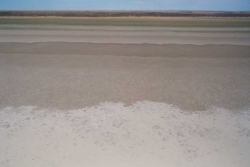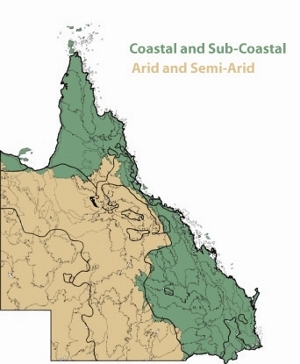|
|
Lacustrine ecologyLacustrine wetlands (lakes) are dominated by open water. Although lakes may have fringing vegetation, the majority of the wetland area is open water. Dams and other artificial or modified wetlands often have similar characteristics to natural lacustrine systems in that they also have deep, standing or slow-moving waters. Lacustrine systems in Queensland, particularly in arid and semi-arid areas, are highly variable. Some are known to dry out and to support species adapted to these large changes while others stay wet for long periods and provide a refuge for many species during dry times. For more information about individual lacustrine habitat types in Queensland choose a wetland type conceptual model below. Quick facts
The conceptual models below show information about hydrology, geomorphology, flora, fauna, nutrient dynamics and other aspects of natural lacustrine wetland ecology. Some systems occur in both coastal and inland areas, e.g. artificial lakes. Coastal and subcoastal
|

 — Department of the Environment, Tourism, Science and Innovation
— Department of the Environment, Tourism, Science and Innovation



